Main Story
Rocky path to Mainland market recovery
Commercial aviation worldwide has welcomed China’s about face on travel restrictions that has re-opened the country to the international airline market. But the January breakthrough has lifted the lid of a Pandora’s Box of practical and political challenges to rebuilding Mainland commercial aviation. Associate editor and chief correspondent, Tom Ballantyne, reports.
February 1st 2023
When it comes to China, OAG chief analyst at the global provider of digital flight information, intelligence and analytics for airlines and airports, John Grant, recently said it in a nutshell. Read More » “We were all so frustrated. When was China going to re-open? Is it this year? What month? What quarter? Now it has opened it’s a bit of a damp squid. We are all thinking ‘well actually there’s a lot more complexity here than we originally thought’.”
Part of that complexity has been the reaction of various countries to the re-opening of the Mainland to airlines. With persistent reports of a new COVID outbreak ahead in China, many governments, including several in the Asia-Pacific, immediately imposed restrictions on arriving Chinese travellers, including pre-flight PRC tests and potentially compulsory quarantine. The reaction angered Beijing, claiming discrimination and it threatened to retaliate.
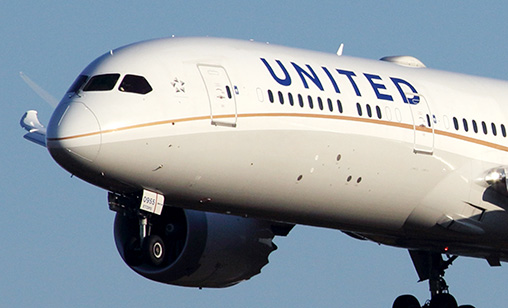 |
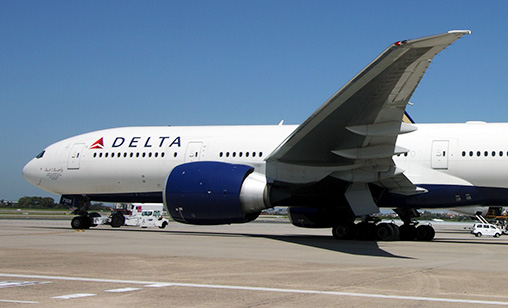 |
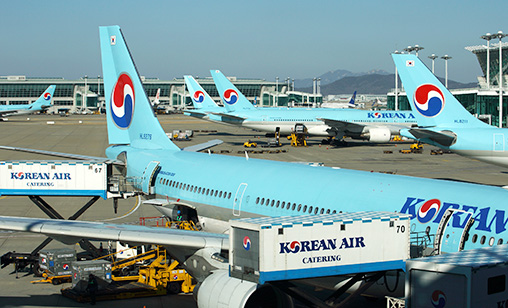 |
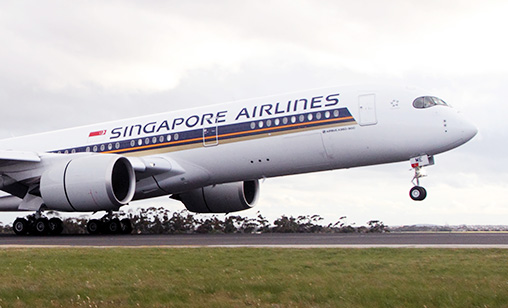 |
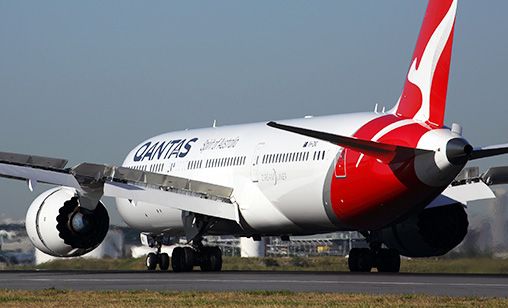 |
Additionally, airlines in the Asia-Pacific and beyond have a multitude of issues to resolve to restore their pre-pandemic China networks to full operation.
International Air Transport Association regional vice president Asia-Pacific, Phillip Goh, said the global airline association can see “a good ramp up in recovery” although the pace will depend on the flight capacity airlines can return in China, the number of inbound and outbound passengers in China and how rapidly airlines can deploy their manpower and aircraft to service.
Quite apart from the politics of border openings or restrictions for travellers, there are practical reasons why rebuilding China networks won’t be easy. During three years of a “closed door” policy, airlines directed capacity away from China. These schedules and forward bookings are in place and cannot be switched to China overnight. Grant forecast it will take around six months for Southeast Asia -China networks to return to pre-pandemic density. “The further away you go the longer it is going to take. Elsewhere, when you consider fleet planning, networks, slot access etc., it could take a year or even 18 months,” he said.
On the health front, Beijing was not alone in condemning the new restrictions of some governments. “Unfortunately, the reactions to China’s reopening of international travel reminds us many governments are still playing science politics when it comes to COVID-19 and travel,” the International Air Transport Association (IATA) director general, Willie Walsh, said. “Epidemiologists, the European Centre for Disease Prevention and Control and other public health bodies have said the reintroduction of testing for travelers from China will do little to contain a virus that is present around the world.
“China’s objections to these policy measures are compromised by their own pre-departure testing requirements for people traveling to China. Governments should focus on using available tools to manage COVID-19 effectively, including improved therapeutics and vaccinations, rather than repeating policies that have failed time and again in the last three years,” Walsh said.
Association of Asia Pacific Airlines (AAPA) director general, Subhas Menon, agreed. While China’s re-opening will markedly improve demand prospects given China’s significant trade and tourism links with the region’s economies and beyond, he said, “unfortunately, the re-imposition of travel restrictions by some governments for inbound travellers from China may hamper the smooth resumption of air travel patterns and result in confusion for many travellers.”
He added coherent, harmonized travel measures, in line with established ICAO (International Civil Aviation Organization) guidelines, and close co-operation between governments and aviation stakeholders, are vital in ensuring a smooth and seamless travel experience, a plea that has fallen on many deaf ears.
Grant, talking in a recent webinar, Unlocking Global Travel: Is China the key?, described the new restrictions imposed by some governments as “gesture politics, being seen to be doing something”, he said.
There are other reasons why the China travel market will be slow to recover. Given the COVID situation, many Western travellers are reluctant to visit the country. Chinese citizens are keen to travel, but the sudden and recent set of new restrictions for entry into some destinations will deter them. Aviation consultant, Willy Boulter, a former C-suite executive at India’s IndiGo Airlines, said it is a world split in two. “There are countries very aggressively trying to attract back Chinese travellers, particularly in Southeast Asia. Thailand is the major one. Malaysia added only a temperature check for Mainland tourists. Indonesia has precious few constraints on Chinese tourists at the moment,” he said.
“Southeast Asia is opening up in a big way whereas countries like Japan and Korea are more nervous about welcoming Chinese tourists. I think it is because their domestic populations are very conscious of COVID and its spread. In Japan people are extremely nervous about a resurgence in COVID. They don’t want to see hordes of tourists coming in without appropriate checks and balances.”
ForwardKeys vice president insights, Olivier Ponti, said although Chinese New Year, in the last week of January, saw international travel rebound for the first time in three years, it will be longer before there will be a resurgence in Chinese tourists exploring the globe. “Scheduled international flight capacity is at 10% of 2019 levels. Due to approval requirements for traffic rights and airport slots, it will be difficult for airlines to gear up [to full capacity] in less than a few months,” he said.
“Secondly, average air fares last December were 160% higher than in 2019. Thirdly, some destinations, including the U.S., the UK, India, Qatar, Canada, Australia and all 27 EU member countries require a pre-flight COVID-19 test for Chinese visitors. Countries such as Japan, South Korea and Italy, can impose testing on arrival and quarantine for incoming Mainland travellers testing positive. Finally, a bottleneck processing passport renewals and visa applications is likely.”
“Pre-pandemic, China was issuing 18 million passports a year. It has issued none in the last three years. Acquiring a new passport in China will take time until the backlog is cleared. Some countries, such as Thailand and Indonesia, are welcoming back Chinese tourists with open arms. The Thai government expects about 300,000 Chinese tourists to visit Thailand in the first three months of this year. It has set a target of five million Chinese tourist arrivals in 2023, equivalent to 45% of the arrivals recorded in 2019. Other nations in the region are taking a more cautious approach.”
In a parliamentary statement on January 9, Singapore’s transport minister, S Iswaran, said Singaporean and Chinese carriers have applied to increase flights between the two countries following the news of China’s border reopening, but he said regulators will “progressively” review and approve these applications.
“Singapore will pace the resumption of flights, as it did when other countries reopened their borders, to ensure Changi Airport has the physical and operational capacity to support the anticipated flight and passenger flows,” he said.
At January 30, 38 flights a week were operating between China and Singapore compared with 25 weekly flights at last October 31, less than 10% of frequency pre-pandemic.
For European airlines in particular, rebuilding their networks into China is problematic. Firstly, most of them are banned from Russian airspace, meaning Europe-China flight sectors are two to two-and-a-half hours longer than in 2019. Slots pre-pandemic have expired and have to be re-negotiated.
OAG has calculated that for Lufthansa alone to reintroduce its whole Chinese program with the extended flight times will cost it about 600 days flying per annum. “No airline has 600 days of wide-bodied aircraft capacity sitting around doing nothing,” Grant said.
In addition, European carriers will have to operate at a huge disadvantage to their Chinese counterparts with access to Russian airspace. “Chinese carriers will be operating sector lengths of two to 2.5 hours less than their European competitors. “Their cost base is 30% lower than their European rivals already. I genuinely believe European airlines will be very cautious about re-entering the Chinese market, particularly when they have these disadvantages to carry forward,” Grant said.
There also are major issues ahead for U.S. airlines re-launching China-bound services. Executives at industry leaders, Delta Air Lines and United Airlines, have taken a cautious approach to China’s travel recovery. In response to questions about Delta’s Asian capacity, Delta president, Glen Hauenstein, said the carrier was “not going to get ahead of itself in terms of China”. Capacity will come back in line with demand, he said.
Chinese and U.S. airlines operated a smattering of frequencies a week between their respective countries under COVID era travel rules which included caps on flight frequencies. United Airlines chief commercial officer, Andrew Nocella, has confirmed both governments must agree to remove the caps before flights could be added to schedules.
At the end of January, booking website, Expedia, reported U.S.-China and Europe-China searches doubled after the reopening announcement. But Cirium data for the same month showed global airlines were running at 11% of 2019 capacity to and from China. The numbers are forecast to improve to 25% by April.
The Chinese market is critical to aviation’s recovery. In 2019, China was the fifth largest international market. By 2022, China had slipped to 51st spot in global rankings with just 7.4 million international seats - just ahead of Ethiopia but behind Cyprus. By any measurement it is a staggering collapse in position.
“The current international market from China is just 7% of its pre-pandemic levels,” said the OAG report. “Although locally based airlines flipped a considerable amount of their capacity from 2020 to domestic services, the simple truth is the financial results have been crippling for many airlines.
“While the rest of the airline industry was reporting record revenues for the third quarter of 2022, China’s major airlines were reporting eye-watering losses: Air China lost US$1.2 billion - a cumulative year-to-date loss of US$4.6 billion. China Southern Airlines has reported year-to-date losses of US$2.4 billion. No privately run airline could absorb this collapse. All of which makes China’s removal last month of border international border restrictions a very welcome New Year’s gift to Chinese-based carriers. But will the easing have an impact as quick and as dramatic as often forecast? Probably not,” concludes OAG.
Mr Jack says:
September 27th 2025 05:01pm